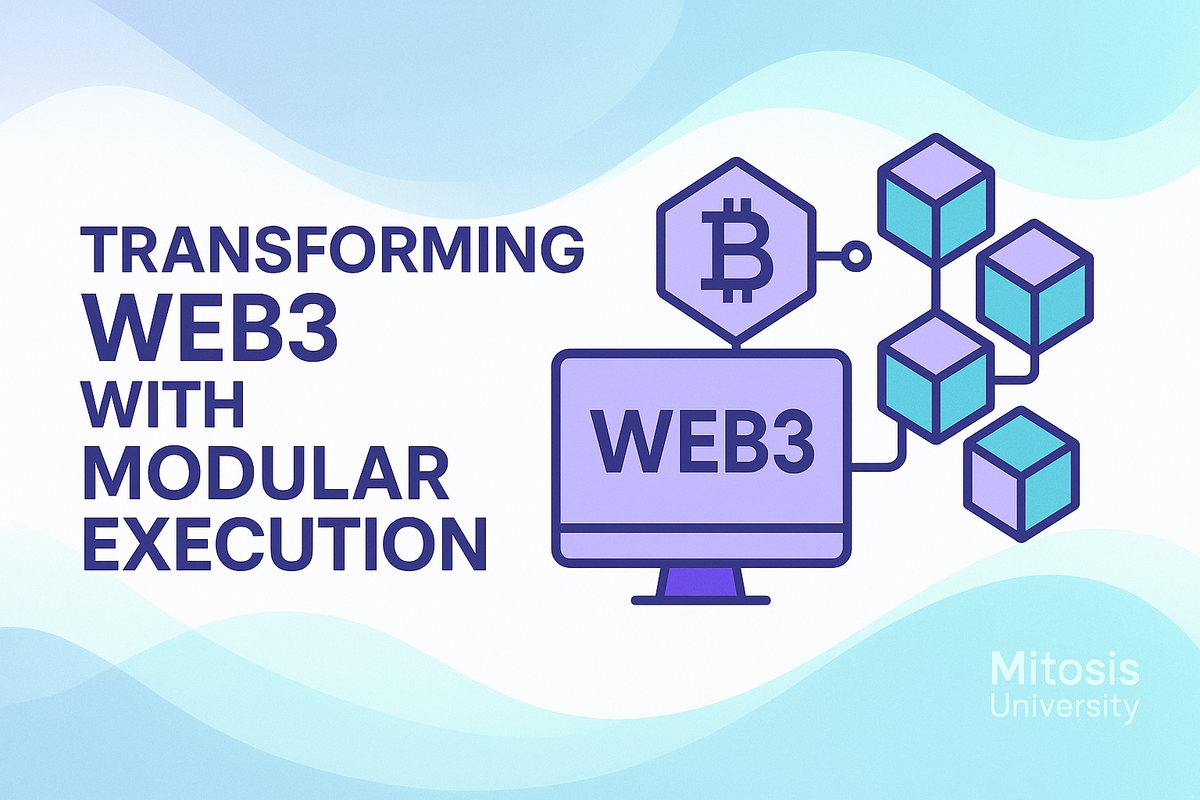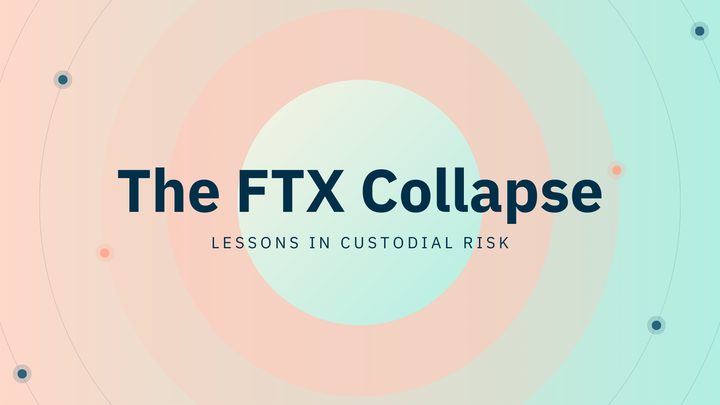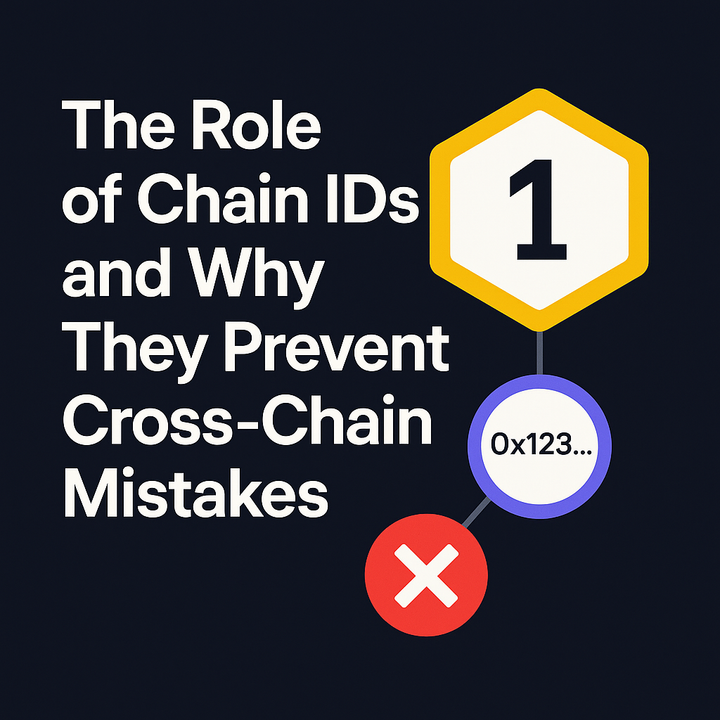Altius Labs: Transforming Web3 with Modular Execution

Imagine a Web3 application that feels as fast, smooth, and reliable as your favorite Web2 service—no delays, no sky-high transaction fees, and seamless integration across multiple blockchains. Today, most blockchain ecosystems remain trapped in inefficiencies and fragmentation. Despite advances in crypto adoption and liquidity, underlying scalability and interoperability issues hold back mass adoption.
Altius Labs addresses these critical infrastructure gaps head-on, not by creating another blockchain, but by enhancing existing ones with a revolutionary modular execution layer. In this article, you'll discover how Altius Labs is redefining blockchain performance, learn about their cutting-edge technical innovations, and explore the future implications for developers, end-users, and the broader Web3 ecosystem.
1. The Execution Problem: Why Web3 Struggles to Scale
Web3 has evolved dramatically, yet performance remains a stubborn bottleneck. Altius identifies core issues:
- Sequential execution: Most blockchains process transactions one after another, failing to utilize multi-core hardware efficiently. This results in congestion, high fees, and slow user experiences.
- Fragmentation: Hundreds of isolated blockchain networks cause liquidity issues, poor composability, and complicated user interactions. This fragmented landscape creates frustration for both users and developers.
- Risky interoperability solutions: Traditional cross-chain bridges introduce significant security vulnerabilities, accounting for over half of Web3's financial losses.
These systemic challenges prevent blockchain from reaching mainstream adoption, despite increased interest and investment.
2. Altius’s Revolutionary Modular Execution Layer
Rather than adding another blockchain to the mix, Altius provides an execution "engine" designed to plug seamlessly into any existing or future blockchain network:
VM-Agnostic and Modular Design
- Altius is not a blockchain; it's a modular execution framework compatible with various virtual machines (VMs), including EVM, CosmWasm, MoveVM, and WASM.
- The design decouples execution from consensus and data availability, allowing instant upgrades in performance without major blockchain changes.
Three Pillars of Innovation
Altius achieves remarkable scalability and efficiency through three technical innovations:
Parallel Scalable Storage (PSS)
- Uses sharded state management and distributed caching.
- Reduces storage latency significantly, achieving a 30x transaction-per-second (TPS) improvement compared to Ethereum’s mainnet.
- Improved Ethereum client Reth’s state lookup speed by 44%.
Instruction-Level Parallelism (ILP)
- Processes smart contract instructions concurrently, drastically reducing execution conflicts.
- Selectively re-executes only conflicted instructions, resulting in up to 75% gas savings.
Application Code Assessor (ACA)
- Incentivizes developers to optimize smart contracts for parallel execution.
- Utilizes Deterministic Optimistic Concurrency Control (OCC), achieving average throughput gains of 7x and transaction processing up to 16x faster than Ethereum mainnet baselines.
Enhanced Security and Determinism
- Altius inherits Ethereum’s robust security model, integrating directly within existing client architectures.
- Smart contracts run in isolated environments, ensuring memory and computational security.
- Deterministic OCC ensures parallel execution remains predictable and secure, minimizing vulnerabilities.
3. The Future Vision: Open Execution Network (OEN)
Altius is preparing for a decentralized, high-performance future through its Open Execution Network (OEN):
- Decentralization and Permissionless Participation: Executors provide computational resources by staking tokens, democratizing access to execution services.
- Dual Staking and Accountability: Executors stake both Altius’s tokens and native blockchain tokens, incentivizing reliability and integrity.
- Universal Accessibility: Any blockchain or decentralized application (dApp) can leverage Altius’s powerful execution capabilities without significant infrastructure changes.
- Future Milestones: By 2026, Altius aims for gigagas-level throughput, ensuring Web3 applications run at Web2 speeds.
Conclusion
Altius Labs is set to fundamentally reshape blockchain execution by offering scalable, secure, and interoperable performance enhancements to any blockchain. Their modular approach provides a realistic path toward widespread Web3 adoption, offering developers the tools to build ultra-fast applications without infrastructure headaches.
Key Takeaways:
- Web3’s biggest challenge is not consensus but execution performance.
- Altius provides a plug-and-play modular execution layer compatible with all major blockchain environments.
- Technical innovations like Parallel Scalable Storage, Instruction-Level Parallelism, and the Application Code Assessor enable unprecedented scalability.
Looking Forward: Could Altius’s modular execution approach redefine blockchain infrastructure? As execution becomes increasingly critical, Altius may well become the universal "engine" that drives Web3 into mainstream use.



Comments ()